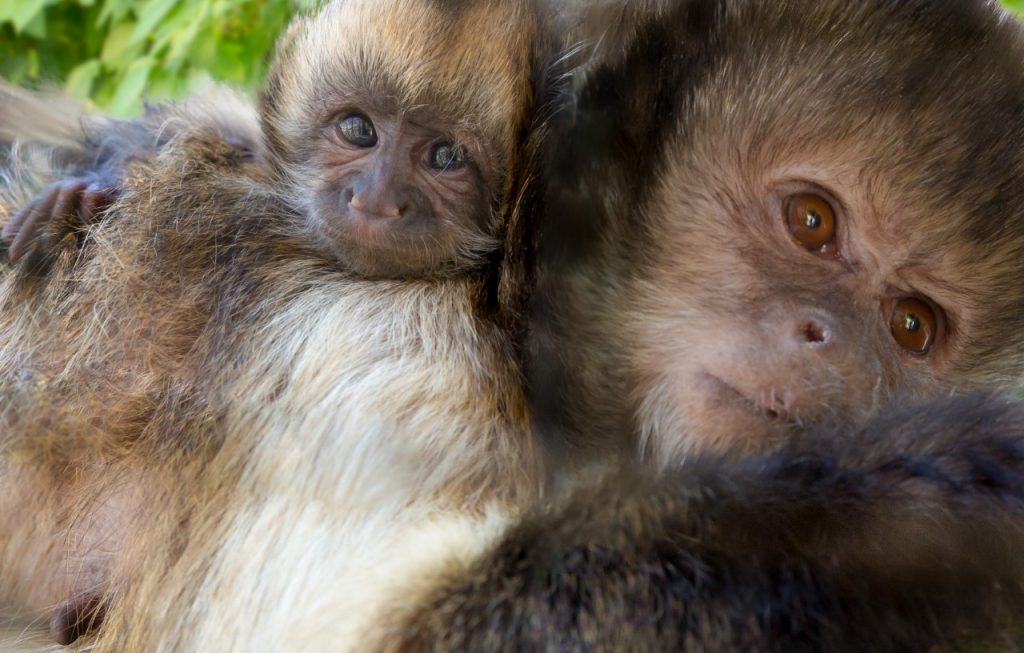Differences in gut microflora between captive and wild birds: Are we getting the captive balance right?
Citation
Minson CJ, lentle RG, Potter MA. 2009. Differences in gut microflora between captive and wild birds: Are we getting the captive balance right?. In Ward A, Treiber K, Schmidt D, Coslik A, Maslanka M, Eds. Proceedings of the Eighth Conference on Zoo and Wildlife Nutrition, AZA Nutrition Advisory Group, Tulsa, OK.
Abstract
The microbiota of the vertebrate gastrointestinal tract consists of a diverse collection of microbial species. In the past, identification of these species has involved cultivation-based techniques. However, due to the dependence upon bacteria-specific media during cultivation, up to 80% of species may not have been identified using these techniques. To overcome this bias, a DNA-based technique of identifying microbial communities is now routinely employed. Denaturing Gradient Gel Electrophoresis (DGGE) uses 16S rDNA as a molecular fingerprint to identify species. Sections of DNA fragments are amplified using polymerase chain reactions (PCR), then loaded into a gel containing a chemical gradient. Depending upon the sequence of base pairs in the fragment the DNA will ‘melt’ (denature) at a specific gradient causing a band to appear on the gel. Each band corresponds to a different bacterial species, thus providing a profile of the bacterial community for that sample.
 23_MinsonGutMicroflora.pdf 118 KB
23_MinsonGutMicroflora.pdf 118 KB








